What Does Hail Damage on Roof Look Like
Imagine coming home from the store and just getting settled back into the house. You start hearing loud bangs and bounces off your roof. A quick look outside and you notice that hail is dropping all around your home and on top of your roof. Balls of ice are scattered everywhere. Your yard looks like a winter wonderland full of ice. You begin to wonder, how much damage will these balls of ice cause you. Once the storm finishes, you decide to go outside and check the damages. What does hail damage on a roof look like? You will see dents, missing shingles, bruising of shingles, or some pretty heavy-duty dings.
Let’s take a look below to learn more about hail and how it causes damage to your roof.
How Does It Happen
Damage to your roof can occur in a variety of ways. Depending on the type of roof that you have, will determine the damage that you can incur. Let’s take a look at what causes this to happen.
- The slope of the roof – the slope of the roof varies by the type of home.
- The age of the roof – an older roof will incur more damage to it than a newer roof might.
- Materials – depending on if your home has a metal roof, wood shingles, tile shingles, or other styles of roof materials the type of damage and signs of hail damage would be different.
- Wind speed – if the winds are very strong they could loosen up your roofing materials. This allows the hail to create more damage as it would have access to the underlining of the shingles.
- Wind direction – a constant pounding of wind from the same direction toward the same section of the roof for an extended period of time could cause more damage to the roof.
- Hail size – the larger the hail the bigger the damage. Most hail ranges from the size of a quarter to a tennis ball.
For the most part, you will notice the puncturing of a shingle and dents before you experience any other major damage. Broken edges, loss of granules, and bruising are all common issues that occur as a result of a hail storm.
What Does It Look Like
If you have never experienced a hail storm then it is not likely that you would understand what cosmetic damage could look like or hail impacts. However, looking for some obvious signs of damage would be a great start. Let’s look at some of the damages that you might notice after a hail storm.
- Damage to the seal – if a seal stripping is weakened by the strong winds, your shingles could blow right off. After a hail storm has ended, check for loose shingles to ensure they will not blow off during the next wind storm.
- Cracked shingles – having cracks in your shingles can expose your roof to the elements. This promotes a potential for water damage.
- Fiberglass mat damage – damage to the fiberglass mat will expose the roof sheathing This is the last layer before the roof decking. If the shingles are this damaged you could experience a leaky roof.
- Fiberglass mat exposure – hail is known to loosen a shingle and slide it around. If the shingles are moved, the roof sheathing is exposed.
- Loss of granules – the more common damage to roof shingles is loss of granules. Hail will pounce so hard that the granules will chip away.
Other Recommended Maintenance
Now that you know about hail damage to the roof, take a look at a few other areas of maintenance.
One of those is knowing when you need a new roof. It is a good idea to contact a professional roofer if the repairs you need such as damage to shingles, leaks, bowing or sagging or daylight coming in can be fixed or not. A roof is very expensive so finding someone who is professional and honest to diagnose the issues is important.
Next, while we are on the topic of roofs, you will want to know how to kill moss on the roof. This can be done by hosing off the roof, using a cleaning solution, and adding zinc strips to keep it from coming back.
Lastly, you will want to also take care of the HVAC in the home. There are some maintenance tips for the HVAC such as changing and replacing the filter. Also, there are different types of filters such as HEPA, pleated, fiberglass, and electrostatic.
When Do I Call A Professional
After a major hail storm, it is a great idea to reach out to your local home inspection team. They can inspect your roof and provide you with a list of damages. Additionally, the report that they provide you will assist you when filing an insurance claim with your insurance company. Also, the inspection report allows you to negotiate with a professionally licensed roofing contractor with regard to what roof repairs are needed and how much they might cost.
Conclusion
Homeowners that have the ability to assess roof damages from the ground should do just that. Getting on a ladder and climbing onto your roof is not ideal. Make sure to hire your local home inspection team so that your roof can be fully inspected. Also, the home inspection team can recommend a reputable professionally licensed roofing contractor. Reach out to Blue Guardian Home Inspections for a roofing inspection during a full home inspection in Kendall, Kane, Dupage, and LaSalle Counties of Illinois.

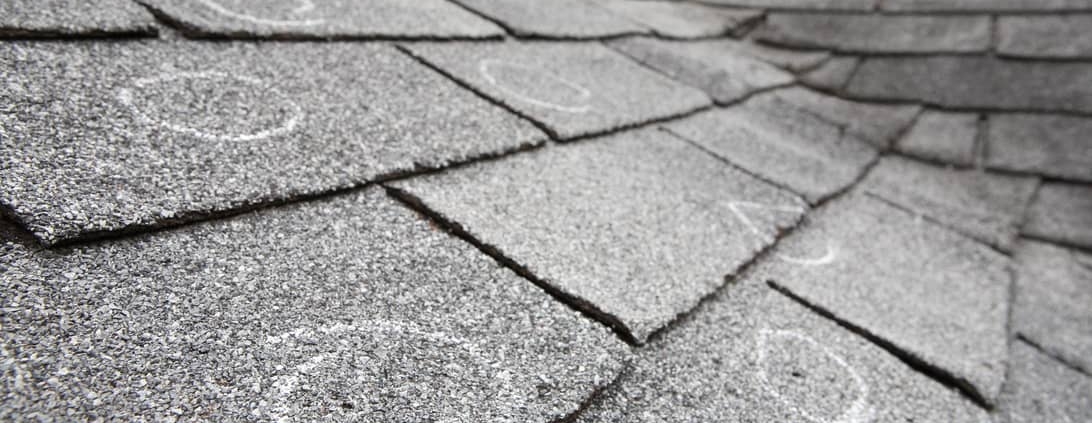
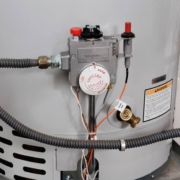
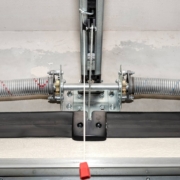

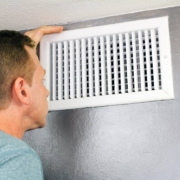

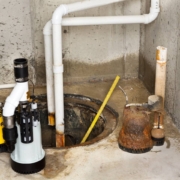
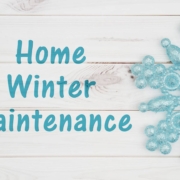
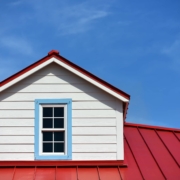



Leave a Reply
Want to join the discussion?Feel free to contribute!